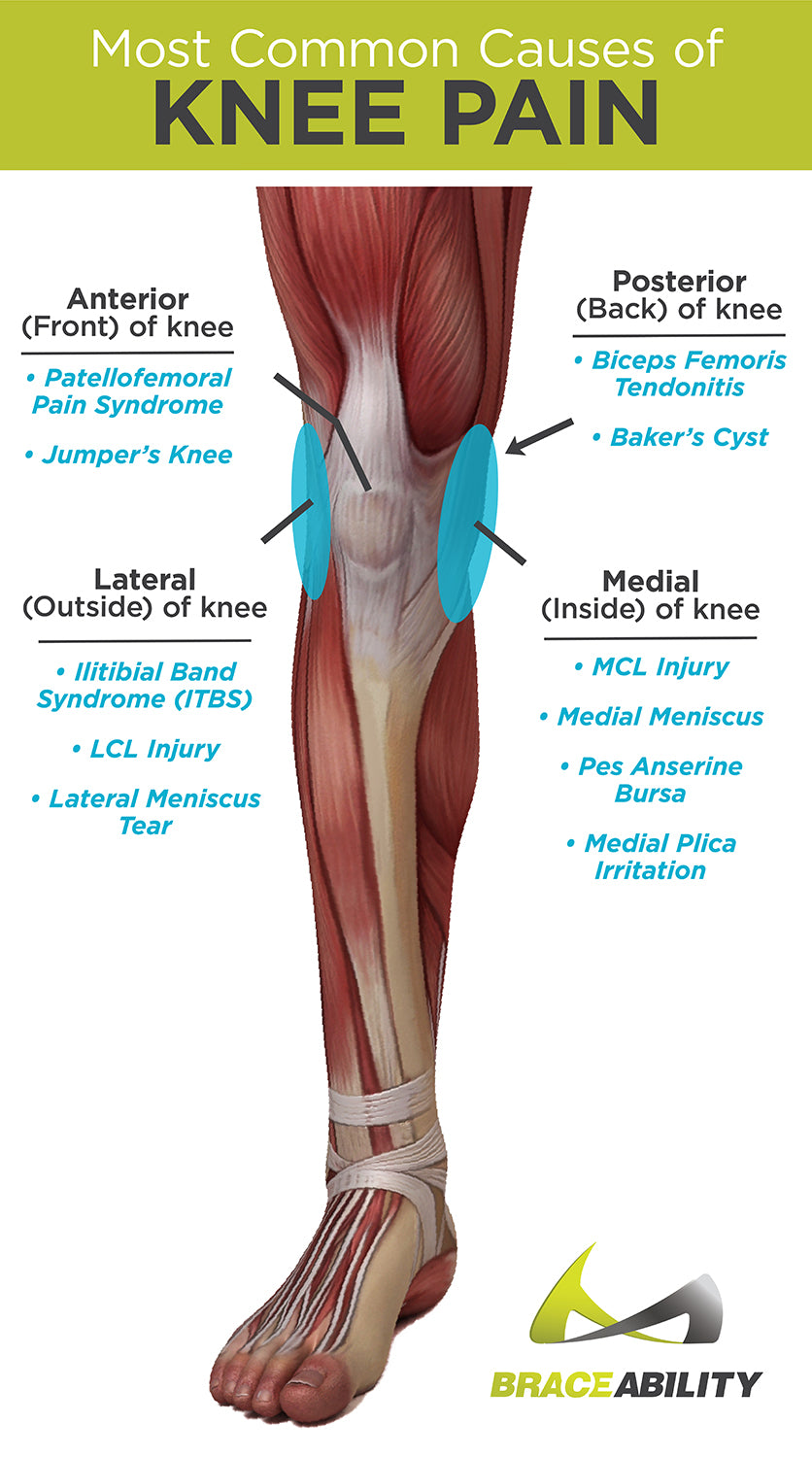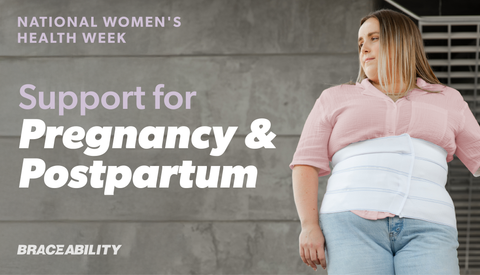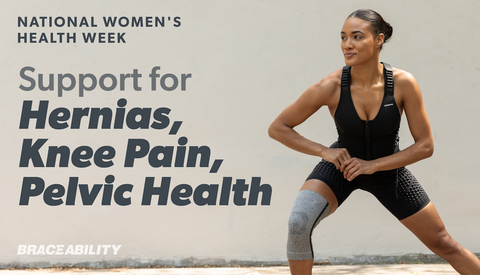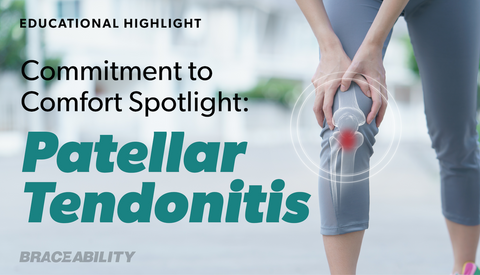Types of Knee Pain: Anterior, Posterior, Medial & Lateral Knee Pain
Knee pain is a relatively common phenomenon, as any number of the components that make up your knee joint can be damaged by overuse, sports activities, or simply via the wear and tear of aging. This knee pain might occur laterally or medially and be unilateral or bilateral. In either case, the location of your knee pain can provide clues as to what may be wrong (though you should always enlist the help of a professional when it comes to seeking knee injury treatment
Top 3 Causes of Lateral Knee Pain
Lateral knee pain refers to soreness that occurs on the outer part of your knee closest to your hands.
-
LCL Injury
Among the most common causes of pain on the outside of your knee are lateral cartilage injuries, including an injury to your lateral collateral ligament (LCL). The main cause of LCL injuries is a sudden impact or trauma to the inside of your knee, which might occur during a tackle or sudden twisting motion. This puts pressure on the outside of your knee, where your LCL is and causes it to stretch or tear. An LCL injury typically results in lateral knee pain, swelling, bruising, stiffness, and instability of your knee.
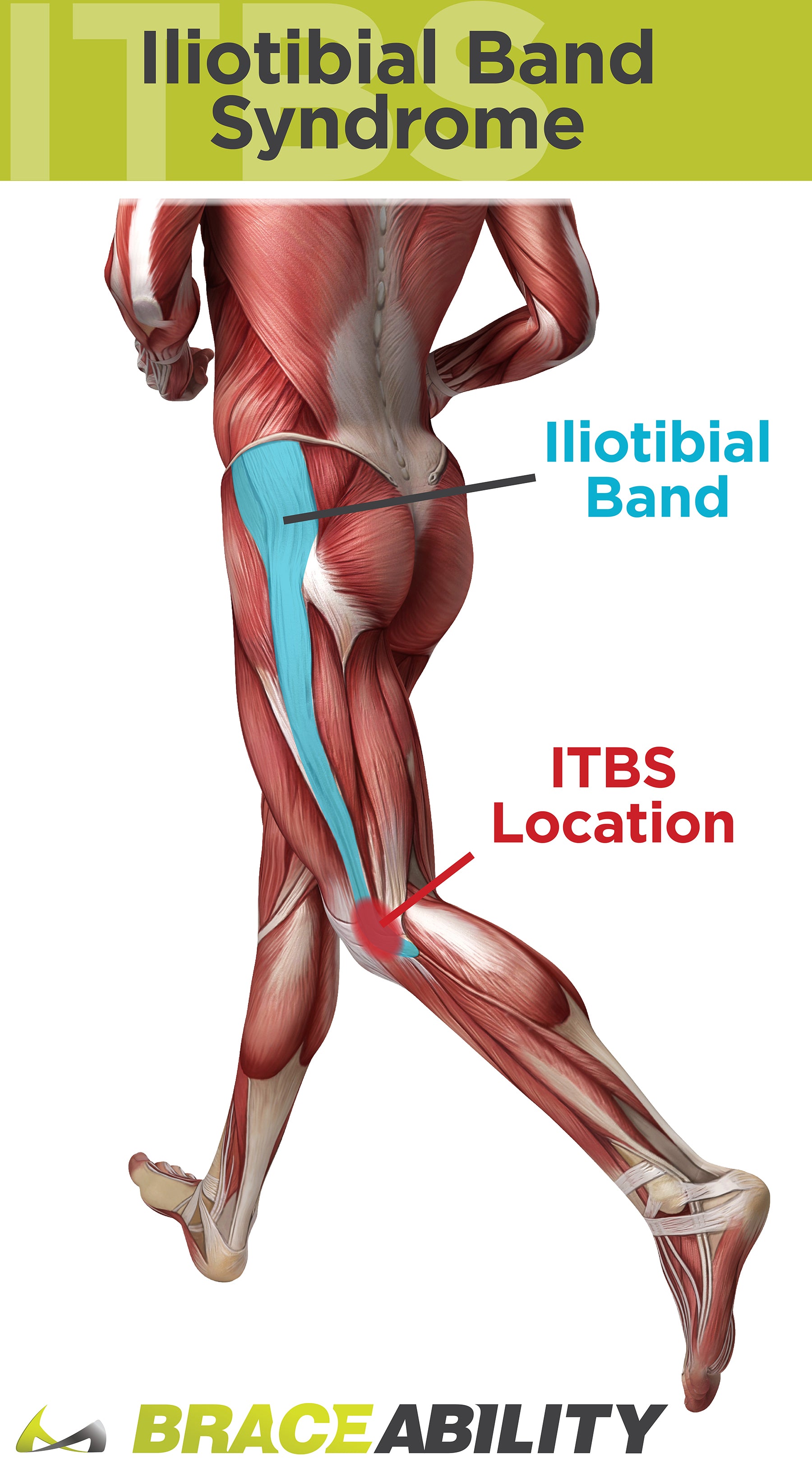
-
Iliotibial Band Syndrome (ITBS)
Iliotibial band syndrome (ITBS) is a very common and occasionally stubborn knee injury among distance runners and cyclists, which causes outer knee pain. Typically, this knee pain and inflammation comes on gradually and is most prominent as you're participating in irritating activities.
-
Lateral Meniscus Tear
A lateral meniscus tear is another injury that usually stems from a sudden force or twist of your knee, though this can also occur due to the natural aging process. Besides lateral knee pain, an injury to your lateral meniscus can cause swelling, instability, or locking of your knee. It can also be difficult to straighten your knee if you have a lateral meniscus tear. This knee brace for meniscus injuries has a two-part design with extension and flexion control, which provides added support to your injured knee.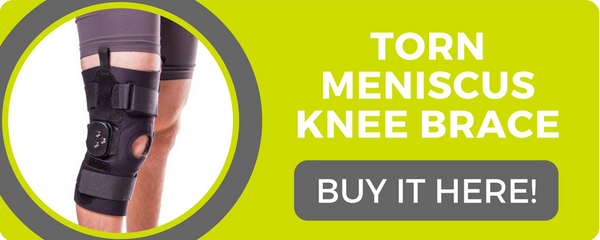
Most Common Medial Knee Pain Injuries
Medial knee pain is pain that occurs on the inside of your knee. Inner knee pain can be due to a number of problems, including MCL injuries, medial meniscus tears, and more!
MCL Injury
A medial collateral ligament (MCL) sprain or tear are two of the most common causes of interior knee pain. This ligament runs up the inside of your knee joint and helps stabilize the inside of your knee. MCL injuries typically occur when there is a direct force to your outer knee, such as a bad skiing wipeout. This can overstretch or even tear your inside ligament. Besides medial knee pain, if you’ve had a full or partial tear to your MCL, you will likely experience swelling, catching or locking of your knee, and a feeling of instability.
Medial Meniscus Tear
Similar to your lateral meniscus, your medial meniscus can also be torn from similar causes, resulting in much of the same symptoms, except that your pain will be on the inside of your knee as opposed to the outside.
Pes Anserine Bursa
Pes anserine bursitis is an inflammation of your bursa, a small, fluid-filled sack that helps reduce friction, located on the lower inside of your knee at the bottom of your MCL where it attaches to your shinbone (tibia). It occurs when your bursa becomes irritated and produces too much fluid due to overuse, which causes it to swell and put pressure on your anterior medial knee.
Medial Plica Irritation
Medial plica are very thin folds of your joint lining, or synovial tissue, which cover the medial part of your knee. When this area becomes inflamed due to repetitive flexing and extending of your knee, plica tissues thicken, making them more apt to get caught on your thigh bone (femur) or pinched between your thighbone and kneecap. Plica irritation often causes dull or aching medial knee pain, as well as a catching or locking sensation in your knee and crepitation (a crackling sensation/noise).
Anterior Knee Pain: Why Does the Front of My Knee Hurt?
Pain located at the front (anterior) part of your knee, can be caused by a number of things, such as a dislocated or maltracking patella, tight muscles, overdoing your workout, or muscle imbalances, to name a few. Most commonly, anterior pain stems from troubles with your kneecap (patella) and patella tendon.
Patellofemoral Pain Syndrome
Patellofemoral pain syndrome (PFPS), commonly referred to as runner's knee, chondromalacia patellae, or inferior knee pain is a generic term used to describe pain located in the front of your kneecap (patella). It is a very common running and overuse knee injury, which occurs when your kneecap comes in contact and rubs against your femur (thigh bone).
Certain exercises and orthopedic knee braces can help stabilize your kneecap, alleviate patellofemoral pain, and protect against movements that might cause more damage.
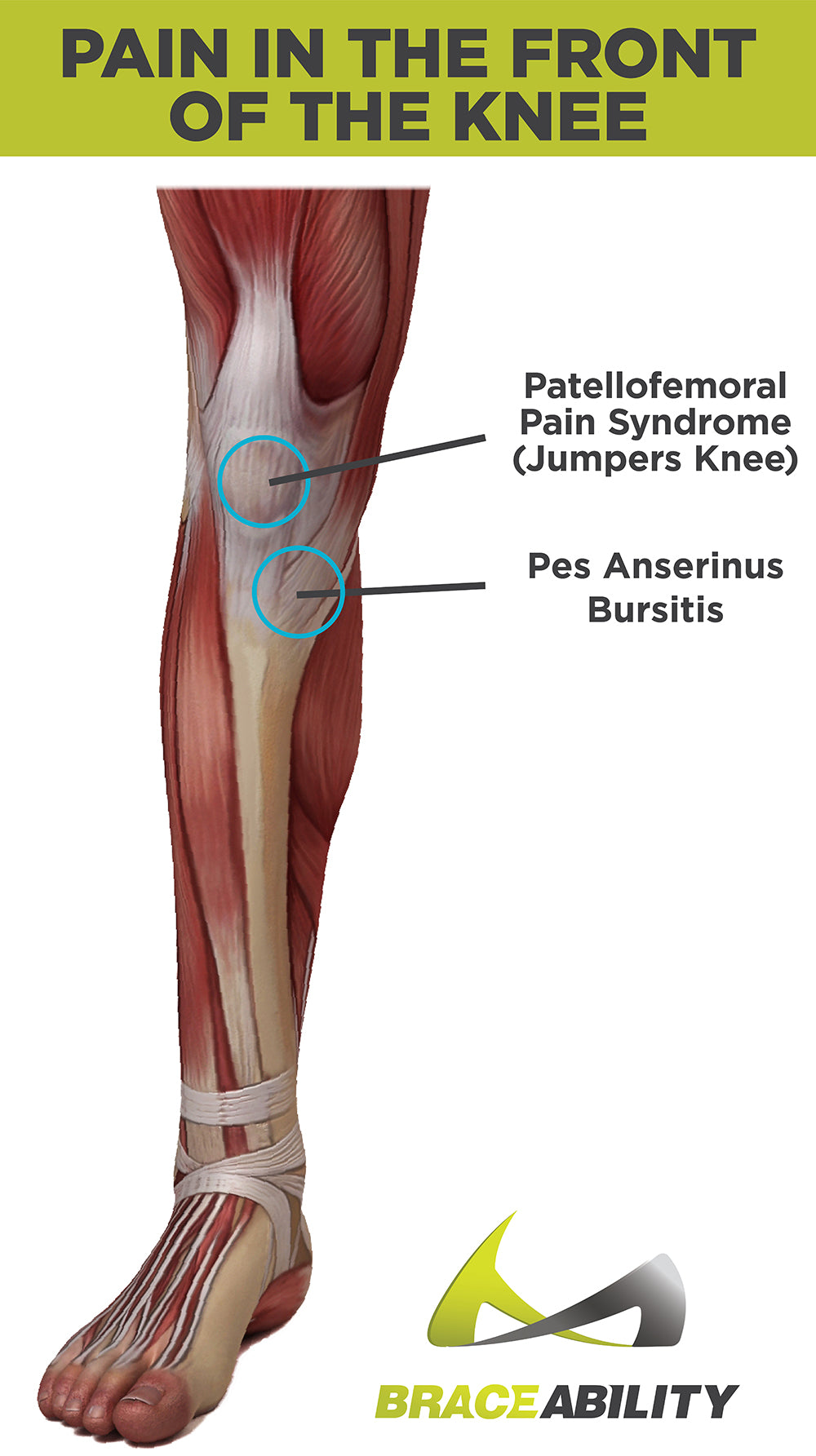
Jumper’s Knee
Jumper's knee, more scientifically known as patellar tendonitis, is another relatively common source of pain located on the front side of your knee, just below your kneecap. This condition takes its name from the activity that is often associated with the injury. More specifically, patellar tendonitis results from the patellar tendon being overused and overstressed, causing painful inflammation, crepitus, and stiffness if the condition is left untreated. There are a number of braces and patella straps designed for easing the pain and swelling associated with jumper’s knee / patellar tendonitis. (Learn about additional patellar tendonitis treatment options.
Posterior Knee Pain
Posterior knee pain refers to pain located behind your kneecap (popliteal). Knee pain more commonly presents itself in the anterior, medial, and lateral aspect of your knee and less often in the posterior aspect of your knee.
Biceps Femoris Tendonitis
Biceps femoris tendonitis (hamstring tendonitis) is probably the most common overuse injury at the back of your knee. The tender area associated with biceps femoris tendonitis is located towards the outer backside of your knee.
Baker’s Cyst
A Baker's cyst or popliteal cyst is a prominent swollen bulge on the back of your knee. It is usually caused by a problem with your knee joint, such as arthritis or a cartilage tear.
Other causes of posterior knee pain include:
- Biceps femoris tendonitis ( hamstring injury)
- Gastrocnemius tendonitis ( calf muscle swelling)
- Tennis leg
If you have a sore knee and need help finding the right brace for you, try out our Product Recommendation Quiz, designed specifically for those looking to find the perfect product for their injury, pain, or condition.








